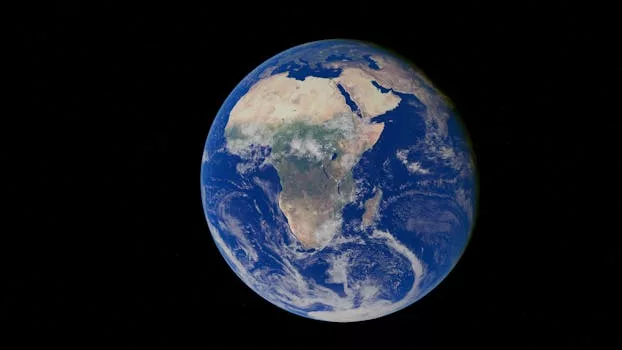
“
From Stardust to Dreams: Imagining Life Beyond the Stars
Introduction
From Stardust to Dreams: Imagining Life Beyond the Stars. The universe has always been a source of fascination and wonder for humanity. From the earliest civilizations to modern times, we have been drawn to the night sky, marveling at the stars and dreaming of what lies beyond our planet. The possibility of life beyond Earth is a topic that has captivated scientists, philosophers, and science fiction writers for centuries. In this article, we will explore the possibility of life beyond our planet and what it means for human existence.
The Building Blocks of Life
The universe is made up of stardust, the remnants of stars that have exploded and died. These elements are the building blocks of life, and they can be found in every corner of the universe. From the carbon in our cells to the oxygen we breathe, we are all made of stardust. The discovery of exoplanets, planets that orbit stars other than our own, has opened up new possibilities for the search for life beyond Earth. With over 4,000 exoplanets discovered so far, the potential for life-supporting planets is vast.
The Search for Life
The search for life beyond Earth is an ongoing effort, with scientists using a variety of methods to detect signs of life. From studying the atmospheres of exoplanets to searching for radio signals from other civilizations, the search for life is a complex and challenging task. While we have not yet found definitive evidence of life beyond Earth, there are many reasons to believe that we are not alone in the universe. The discovery of water on Mars, the existence of extremophiles on Earth, and the detection of organic molecules in space all suggest that the conditions for life exist elsewhere in the universe.
Imagining Life Beyond the Stars
As we continue to explore the universe and search for life beyond Earth, we are forced to confront our own place in the grand scheme of things. The possibility of life beyond our planet raises fundamental questions about the nature of human existence and our role in the universe. If we are not alone, what does that mean for our sense of identity and purpose? How will the discovery of life beyond Earth change our understanding of ourselves and our place in the universe? These are questions that have puzzled philosophers and scientists for centuries, and they are questions that we will continue to grapple with as we explore the cosmos.
Conclusion
In conclusion, the possibility of life beyond Earth is a topic that has captivated human imagination for centuries. From the stardust that makes up our bodies to the dreams of exploring the cosmos, we are drawn to the unknown and the unexplored. As we continue to search for life beyond our planet, we are reminded of the infinite possibilities that exist in the universe and the importance of exploring and understanding our place in the grand scheme of things. The search for life beyond Earth is a journey that will take us to the farthest reaches of the universe and challenge our understanding of what it means to be human.
Takeaways
- The universe is made up of stardust, the remnants of stars that have exploded and died.
- The discovery of exoplanets has opened up new possibilities for the search for life beyond Earth.
- The search for life beyond Earth is an ongoing effort, with scientists using a variety of methods to detect signs of life.
- The possibility of life beyond Earth raises fundamental questions about the nature of human existence and our role in the universe.
- The discovery of life beyond Earth will change our understanding of ourselves and our place in the universe.


